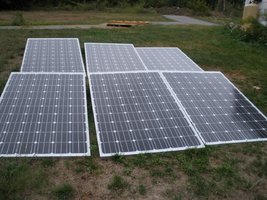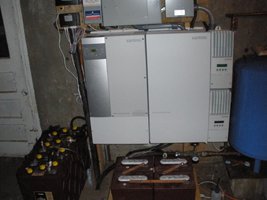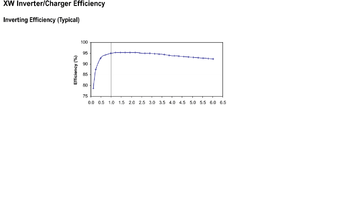Titan
Banned
I'm getting very serious about a 'whole house' backup power system, capable of running most things 'off grid' if it comes to that.
I already have a gas powered 6000W gas generator, but am particularly interested in any battery based solutions replenished by generator, solar, or wind.
We have two refrigerators, a chest freezer, a water pump, TV and computers that should be included in my plan.
Any obstacles encountered with installing wind turbines or solar panels? Approximate costs, tax breaks, etc.
Pics of your setups would be fabulous.
I already have a gas powered 6000W gas generator, but am particularly interested in any battery based solutions replenished by generator, solar, or wind.
We have two refrigerators, a chest freezer, a water pump, TV and computers that should be included in my plan.
Any obstacles encountered with installing wind turbines or solar panels? Approximate costs, tax breaks, etc.
Pics of your setups would be fabulous.
Last edited:



![Smile [smile] [smile]](/xen/styles/default/xenforo/smilies.vb/001.gif)
